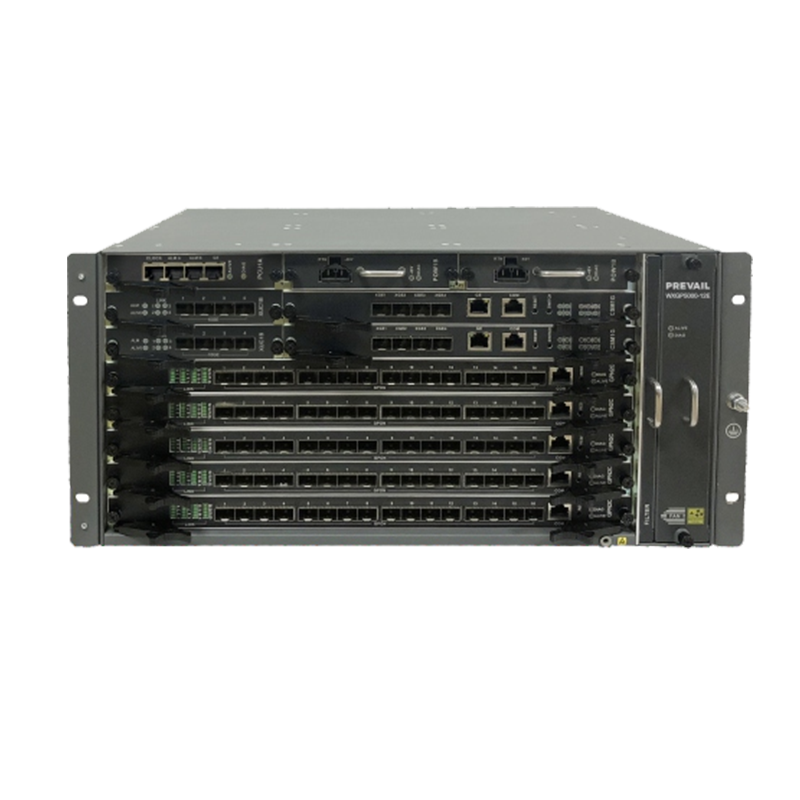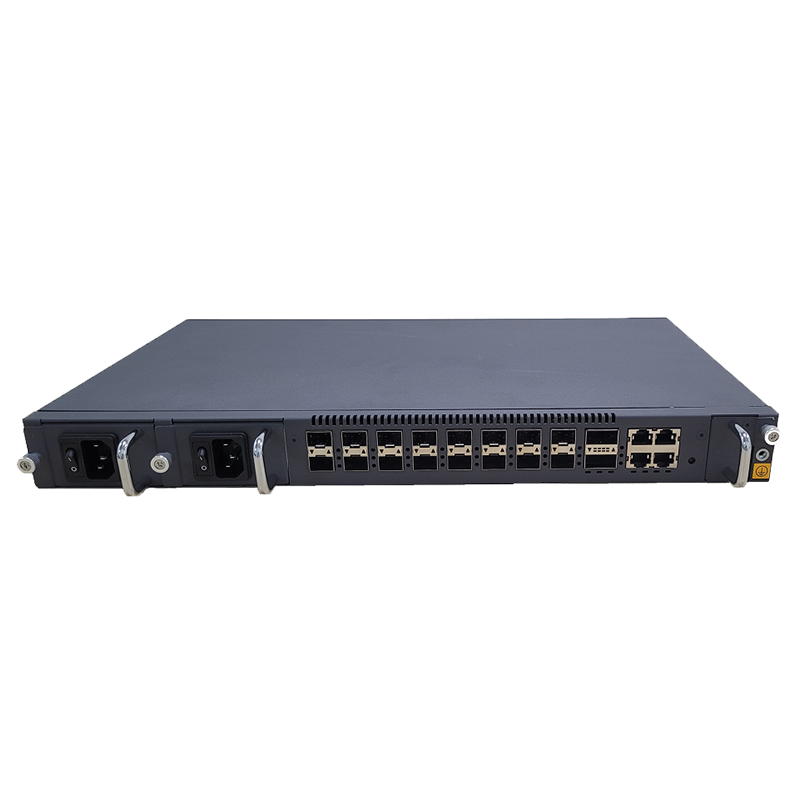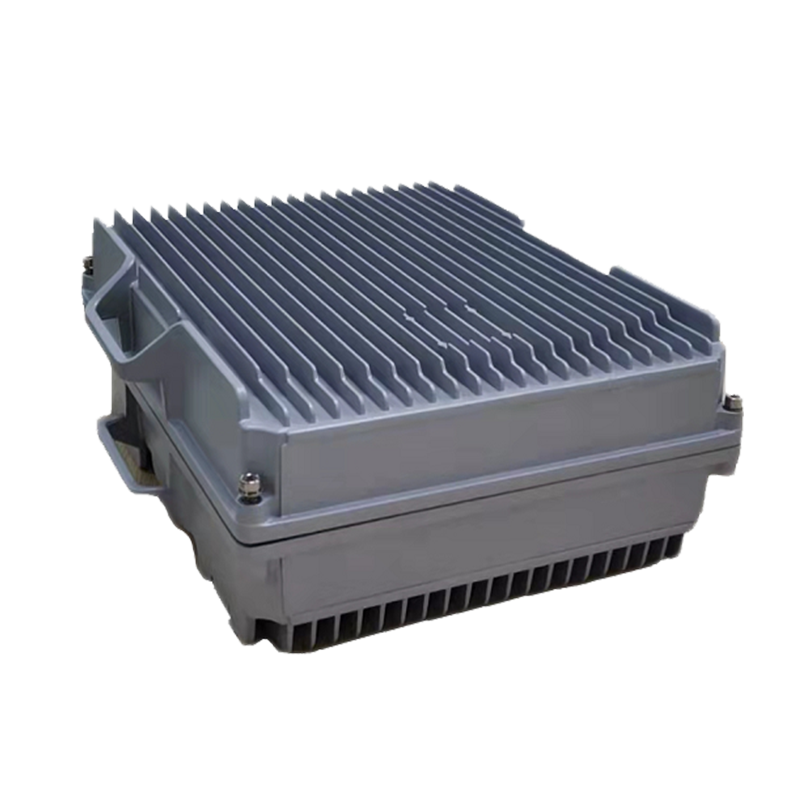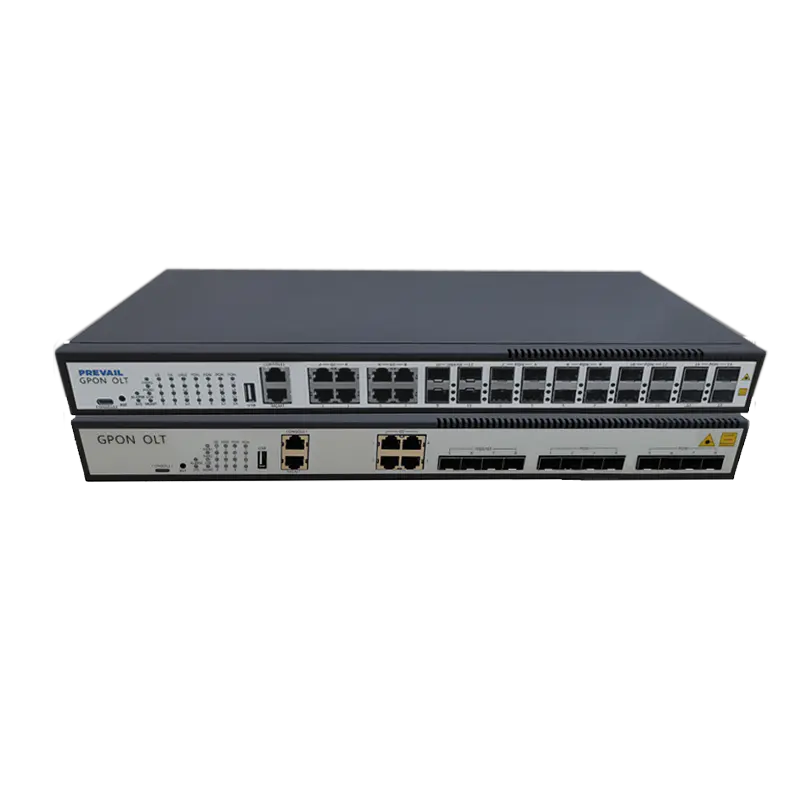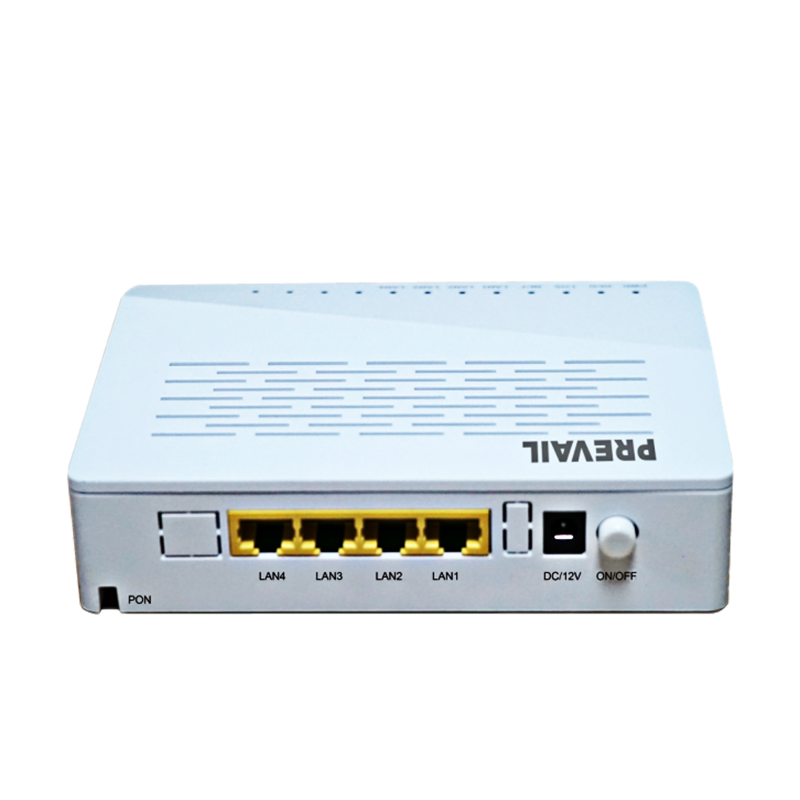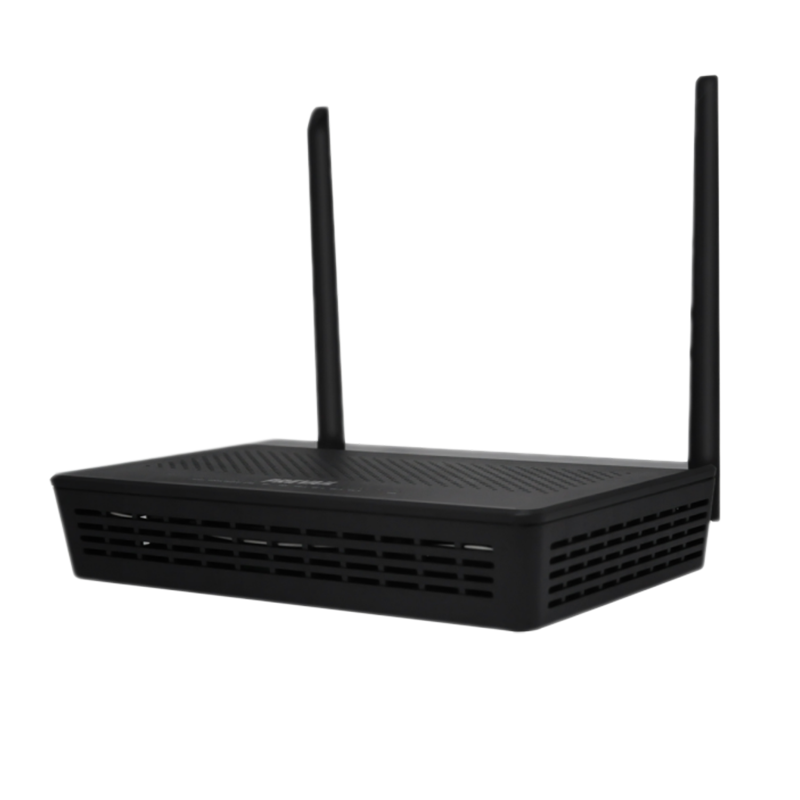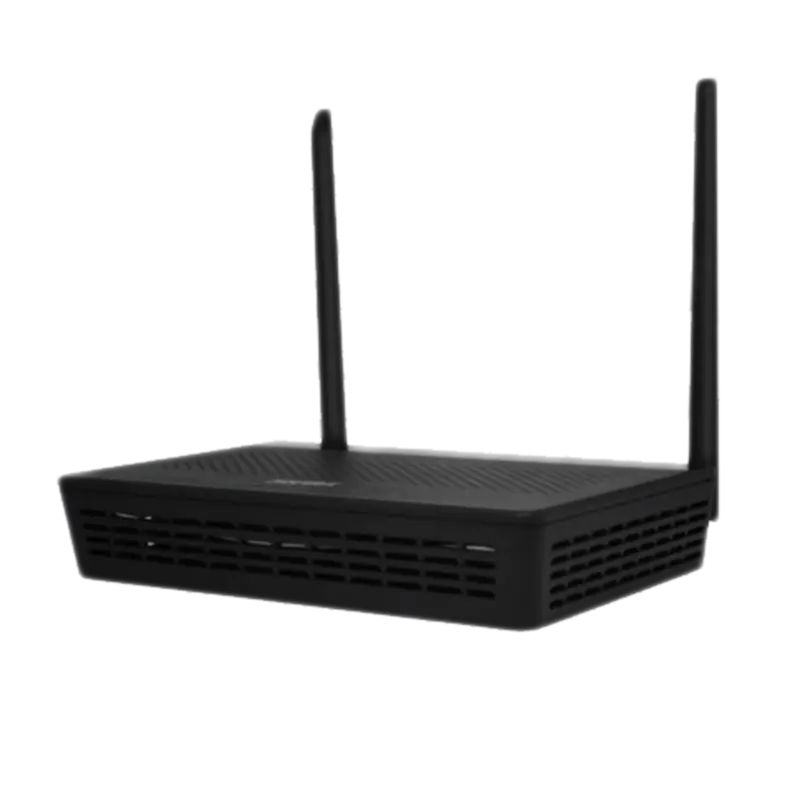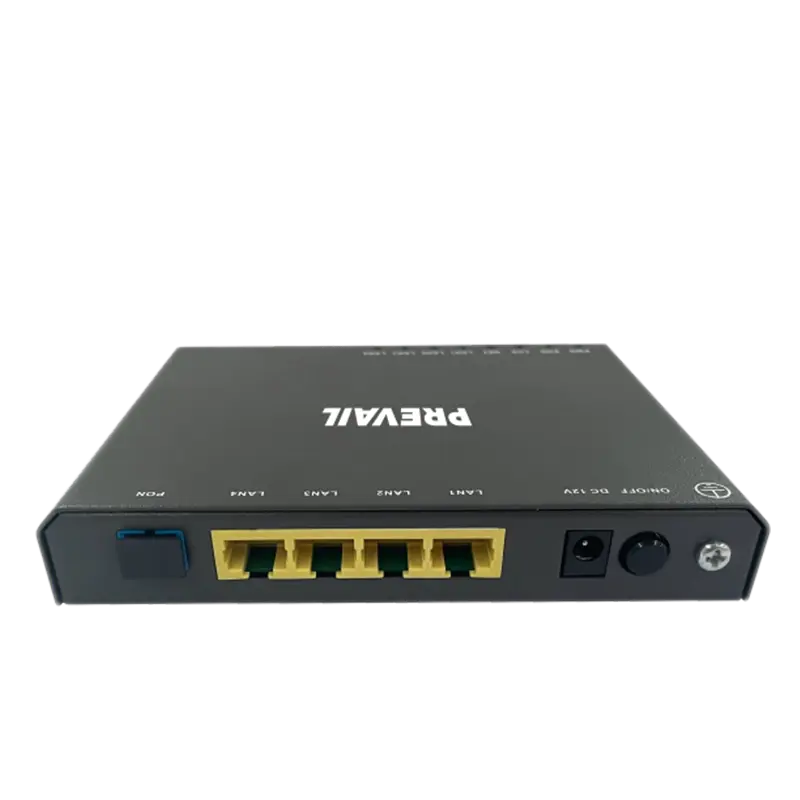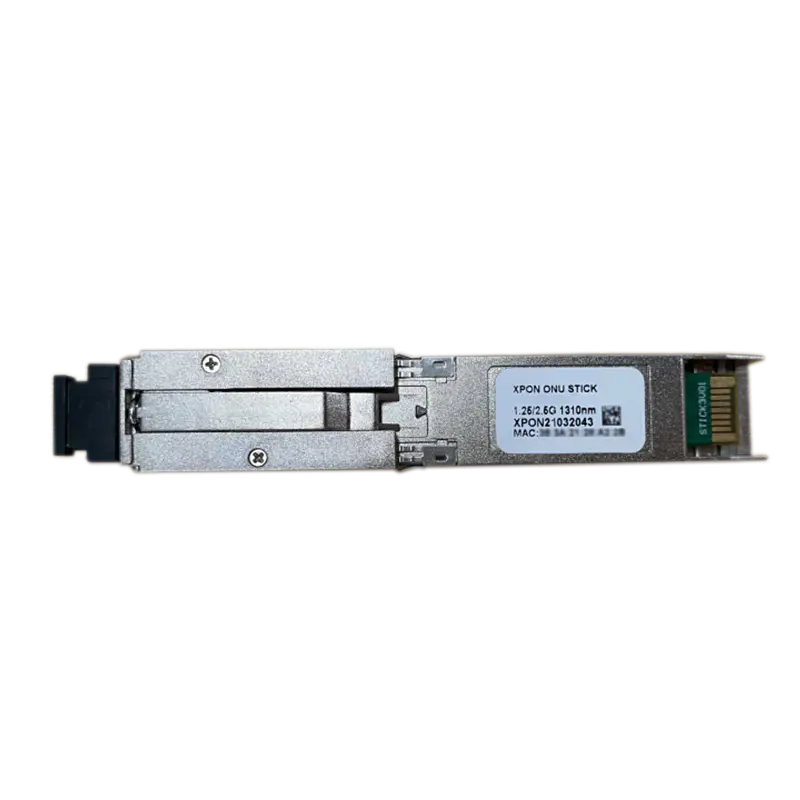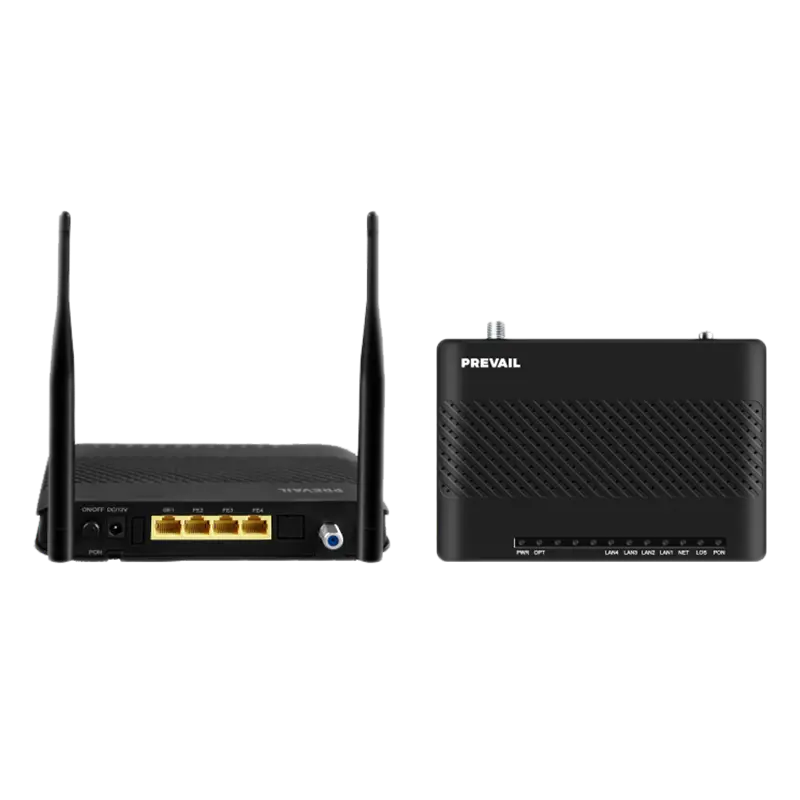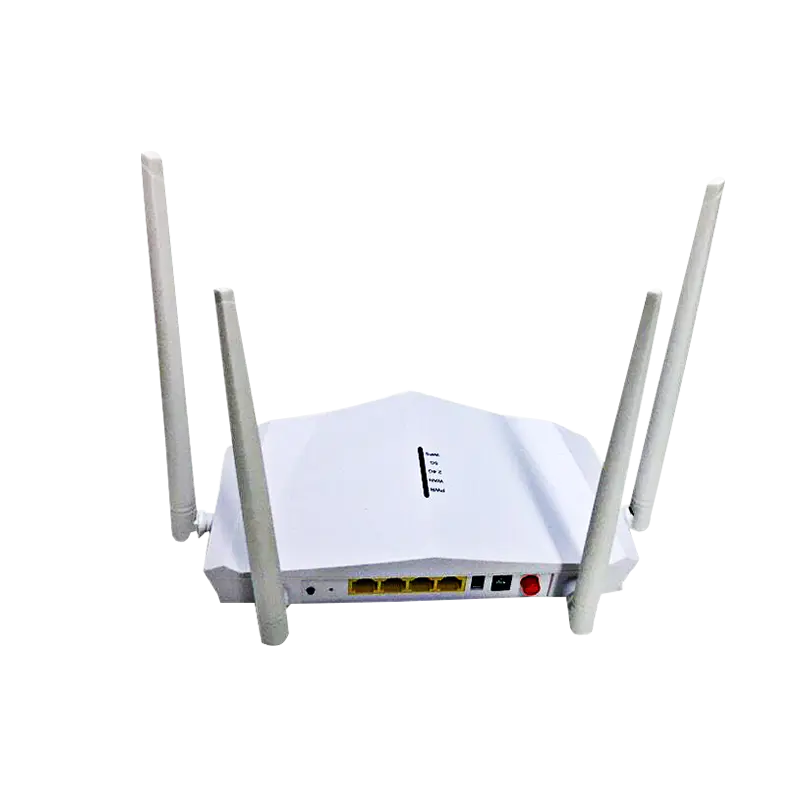Why Is the 1550nm EDFA Optical Amplifier Critical for High-Performance Fiber Optic Networks?
In today’s high-speed telecommunications and data transmission infrastructure, maintaining signal strength over long distances is crucial. Optical signals, while capable of transmitting massive amounts of data, suffer from attenuation and dispersion as they travel through fiber. This is where the 1550nm EDFA (Erbium-Doped Fiber Amplifier) becomes indispensable. It has revolutionized fiber optic networks by amplifying optical signals directly, without the need to convert them into electrical signals. But why is this technology so critical, and how does it function in modern communication systems? Let’s explore the design, operation, advantages, and applications of 1550nm EDFA optical amplifiers.
1. What Is a 1550nm EDFA Optical Amplifier?
A 1550nm EDFA is a type of optical amplifier that operates at the 1550nm wavelength, a standard in long-haul fiber optic communication. The core of this amplifier is an erbium-doped optical fiber, which is pumped with laser light at a different wavelength (typically 980nm or 1480nm).
The erbium ions in the fiber absorb the pump energy and become excited. When an optical signal at 1550nm passes through the doped fiber, the excited ions transfer their energy to the signal via stimulated emission, thereby amplifying it. This process enables long-distance transmission without electrical regeneration, significantly improving network efficiency and reducing latency.
2. Why 1550nm?
The 1550nm wavelength is preferred in fiber optic communication for several reasons:
- Low Attenuation: Optical fibers have their minimum loss near 1550nm, typically around 0.2 dB/km.
- Compatibility with EDFA: Erbium ions efficiently amplify signals around this wavelength.
- Ideal for Dense Wavelength Division Multiplexing (DWDM): The low loss and wide amplification bandwidth allow multiple channels to be transmitted simultaneously over the same fiber.
- Long-Haul Applications: Its low attenuation and high power handling make 1550nm ideal for intercity and undersea fiber optic links.
The combination of low-loss fiber characteristics and efficient erbium amplification makes 1550nm the standard for modern optical networks.
3. How Does a 1550nm EDFA Work?
The operational principle of a 1550nm EDFA involves three main steps:
Step 1: Pumping the Erbium Ions
A high-power pump laser injects light at 980nm or 1480nm into the erbium-doped fiber. This excites the erbium ions from the ground state to a higher energy state.
Step 2: Signal Injection
The optical signal at 1550nm enters the doped fiber. The excited erbium ions transfer their energy to the signal through stimulated emission, increasing its amplitude without converting it to an electrical signal.
Step 3: Output Amplification
The amplified 1550nm signal exits the fiber and continues its journey through the optical network with significantly improved strength and signal-to-noise ratio (SNR).
This process is highly efficient, capable of amplifying multi-wavelength signals simultaneously, making it ideal for DWDM networks.
4. Key Components of a 1550nm EDFA
A typical EDFA system includes several critical components:
- Erbium-Doped Fiber (EDF): The core amplification medium where the optical signal is boosted.
- Pump Laser Diodes: Provide the necessary energy to excite erbium ions.
- Wavelength Division Multiplexers (WDMs): Combine the pump and signal wavelengths into the same fiber.
- Isolators: Prevent backward-propagating light from damaging the pump lasers.
- Optical Filters: Remove unwanted noise or ASE (Amplified Spontaneous Emission).
- Control Electronics: Regulate pump power, monitor output, and ensure stable operation.
The integration of these components ensures high reliability, low noise, and long operational life.
5. Advantages of Using 1550nm EDFA Optical Amplifiers
EDFA amplifiers offer several key benefits that have made them the backbone of modern fiber optic networks:
- High Gain and Low Noise: Provides 20–40 dB gain with minimal added noise.
- Direct Optical Amplification: Eliminates the need for optical-to-electrical conversion.
- Wavelength Multiplexing: Can amplify multiple channels simultaneously, ideal for DWDM systems.
- Long-Distance Transmission: Extends the reach of optical signals without repeaters.
- Energy Efficiency: Optical amplification reduces the need for electronic regeneration, lowering power consumption.
- Reliability: Solid-state pump lasers and fiber-based design provide long-term stability.
These advantages explain why EDFAs are widely deployed in telecommunications, cable TV networks, and undersea fiber systems.
6. Applications of 1550nm EDFA
1550nm EDFA optical amplifiers are used in a wide range of applications across telecommunications and data networks:
A. Long-Haul Telecommunication Networks
Amplify signals over hundreds of kilometers without electrical regeneration, reducing network complexity and cost.
B. Dense Wavelength Division Multiplexing (DWDM)
Simultaneously amplifies multiple wavelength channels, supporting high-capacity backbone networks.
C. Metro and Access Networks
Boosts signals in city-scale networks where fiber spans are moderate but signal integrity is critical.
D. Submarine/Undersea Cables
EDFA technology enables transoceanic data transmission, maintaining high signal quality over thousands of kilometers.
E. Fiber-to-the-Home (FTTH) and Cable TV Systems
Maintains strong signal levels to end users, supporting high-speed internet, VoIP, and HD video services.
F. Research and High-Performance Computing Networks
Supports optical interconnects for supercomputers and data centers requiring ultra-low latency and high bandwidth.
7. Performance Parameters
Key parameters that define EDFA performance include:
- Gain (dB): Indicates signal amplification level, typically 20–40 dB.
- Noise Figure (dB): Measures additional noise introduced; lower values indicate higher signal fidelity.
- Output Power (dBm): Maximum optical power output, often up to +20 dBm.
- Pump Wavelength: Usually 980nm or 1480nm, affecting efficiency and noise.
- Saturation Output Power: Maximum power before gain compression occurs.
- Bandwidth: Range of wavelengths effectively amplified, often 1525–1565nm for C-band EDFAs.
These parameters are critical for network planning and design, ensuring reliable signal transmission across long distances.
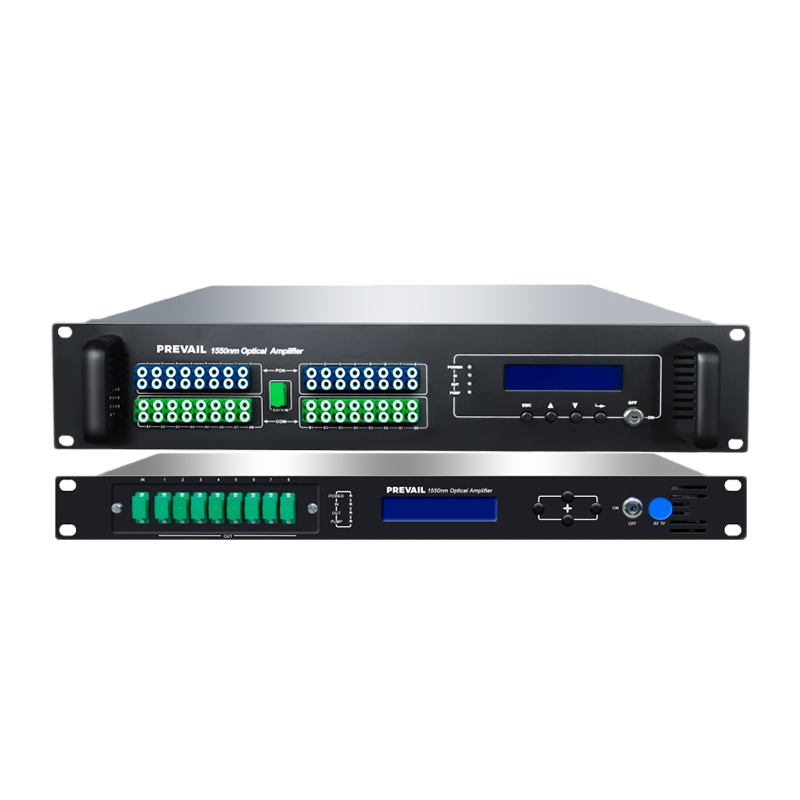
8. Types of 1550nm EDFAs
EDFA optical amplifiers can be categorized based on configuration and deployment:
A. Booster Amplifiers
Placed after the transmitter to increase the optical signal before it enters the fiber.
B. Inline Amplifiers
Located along the fiber span to compensate for signal loss over long distances.
C. Pre-Amplifiers
Placed before the receiver to boost weak signals and improve detection sensitivity.
D. Raman-EDFA Hybrid Systems
Combine Raman amplification with EDFAs to extend reach and improve SNR in ultra-long-haul links.
Each type is optimized for specific network segments and performance requirements.
9. Advantages Over Other Optical Amplifiers
Compared with other optical amplifier types, such as semiconductor optical amplifiers (SOAs) or Raman amplifiers, EDFAs offer:
- Lower Noise Figures for high-fidelity signal transmission.
- Higher Output Power capable of multi-channel amplification.
- Better Stability and long operational life.
- Ease of Integration with existing fiber optic infrastructure.
These factors make 1550nm EDFAs the preferred choice for telecom backbone and high-capacity networks worldwide.
10. Challenges and Considerations
While EDFAs are highly effective, network designers must consider:
- Amplified Spontaneous Emission (ASE): Can degrade signal-to-noise ratio if not properly filtered.
- Gain Saturation: Excessive input power can compress gain, affecting performance.
- Pump Laser Aging: Requires monitoring and replacement over time.
- Temperature Sensitivity: Environmental control may be needed in field deployments.
Proper design and maintenance ensure that these challenges do not impact long-term network reliability.
11. Future Trends in EDFA Technology
As optical networks evolve to meet ever-increasing bandwidth demands, EDFA technology is also advancing:
- Integration with DWDM and C+L Band Systems: Wider bandwidth amplification for future high-capacity networks.
- High-Power, Low-Noise Designs: Supports ultra-long-haul and submarine cables.
- Hybrid Amplification Systems: Combines EDFAs with Raman or SOA amplification for extended reach.
- Compact, Energy-Efficient Modules: Reduces power consumption in data centers and metro networks.
- Automation and Remote Monitoring: Intelligent gain control and fault detection for large-scale network management.
These innovations will enable faster, longer, and more reliable optical communication systems for the next generation of internet and cloud infrastructure.
Conclusion: The Backbone of Optical Communication
So, why is the 1550nm EDFA Optical Amplifier so critical in modern fiber optic networks?
Because it provides efficient, high-gain amplification at low noise, enabling long-distance, high-capacity, and reliable optical communication without the need for electrical regeneration. From undersea cables to metro networks and supercomputing interconnects, EDFAs ensure that optical signals remain strong and clear, supporting the high-speed data demands of today and tomorrow.
In a world increasingly dependent on high-speed internet, cloud services, and global connectivity, the 1550nm EDFA is not just a component — it is a cornerstone of modern optical communication infrastructure.





